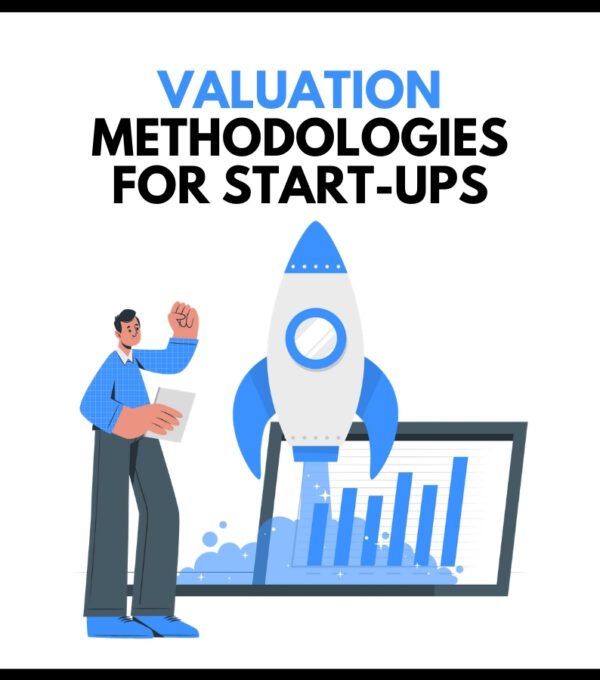In this article, we briefly discuss the different valuation methodologies for startups. This is only an introduction to the different methodologies. For a more detailed study, you should sign up for our online course on Financial Modeling Skills – Multiples Based Valuation.
So who is this article for?
It’s for students, recent graduates and working professionals, or for that matter an investor who is interested in start-ups and would like to invest in one.
If you’re going to apply for financial analyst jobs, then you better know the different valuation methods for start-ups. You will most definitely be asked about them in your job interview.
If you’re a financial analyst who is already working in the industry, then you may want to read the rest of this article as a refresher.
There are many methods for start-up valuation. We discuss just 5.
Top 5 Valuation Methodologies for Start-Ups
Discounted Cash Flow Method
We spend a lot of time explaining the Discounted Cash Flow Method for valuing a start-up. This method measures the current value of your start-up as a sum of all future cash flows over the next few years.
Basically you project cash flows that the start-up may have over X years. Then you consider what happens after that, based on what is called as Terminal Value (TV), discount rate and the expected growth rate (g).
The formula for that is: TV = CFn+1/(r- g).
Of course, it’s a lot more complicated than that. Join our online course to learn more about the DCF Methodology for Start-up Valuation.
Book Value Method
Book value is the net worth of the company, or its assets minus its liabilities. In other words, it refers to the tangible assets of the company.
The Book Value Method is useful for start-ups with tangible value, such as a restaurant or chain of retail stores. It is not suited to startups that have intangible assets, such as software companies and biotech companies.
Liquidation Value Method
Liquidation Value Method tells a start-up founder how much money they can make from selling or exiting their stake in the company. It is a sum total of all of the start-up’s tangible assets that can be sold, such as the inventory, equipment, real estate and so on.
The intangible value of the start-up such as the copyrights, intellectual property and patents don’t matter here as the assumption is they are worthless during liquidation. It basically tells you what the stockholders can get from exiting the business.
Risk Factor Summation Method
The Risk Factor Summation Method is a sophisticated methodology that measures the value of a start-up based on 12 risk factors, with each risk factor assigned a specific value. This method is used for the valuation of pre-revenue startups.
Berkus Method
The Berkus Method is a simple way to evaluate a start-up. It was created by the famous angel investor and author Dave Berkus. It is based on a simple question – can the start-up make $20 million in revenue by its 5th year. If yes, it measures how much the start-up is truly worth based on 5 different criteria. It is specifically meant for pre-revenue startups.
Join our online course on Financial Modeling Skills – Multiples Based Valuation for a more thorough study of the different valuation methodologies for start-ups.
P.S. You need to be logged in to provide your comments



One thought on “Valuation Methodologies for Startups: Key Concepts and Techniques”
Can you be more specific about the content of your article? After reading it, I still have some doubts. Hope you can help me.